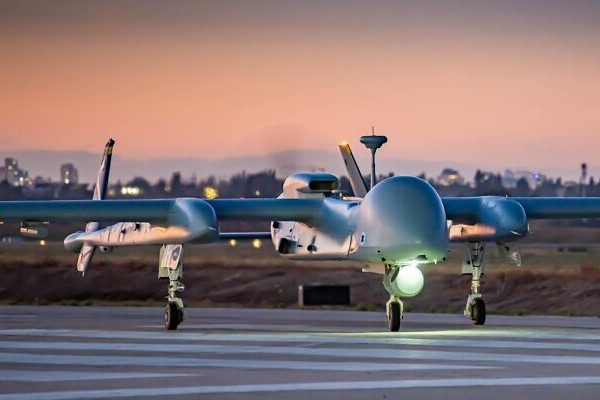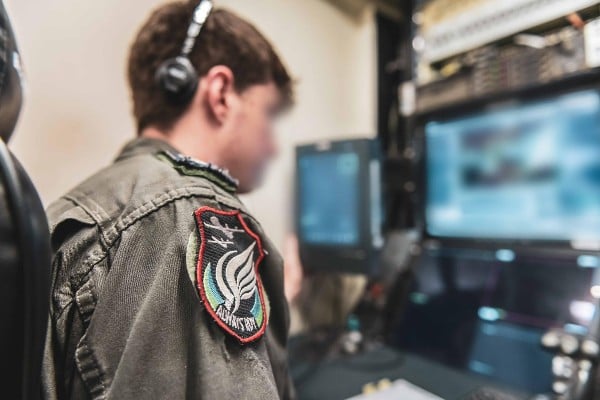Remotely manned aircraft have become an influential factor in the IDF’s operational activities.
By Gil Tanenbaum, TPS
The IDF Spokesman’s office Wednesday evening revealed to what extent drones – unmanned aerial vehicles (UAVs) – played a part in the success of Israel’s recent Operation “Breaking Dawn” and it was huge. The 55-hour-long operation conducted to cripple the infrastructure of the Islamic Jihad terrorist group in Gaza ended 10 days ago.
The IDF said that during the operation its drones flew more than 2,000 flight hours, made over 100 sorties, and performed dozens of attacks.
UAVs formed a significant part of the IDF’s operational activities during Operation “Breaking Dawn.” The IDF said that drones acted in the operation in a “precise and deadly manner” and exacted a “heavy price” from Islamic Jihad in damaging the organization’s capabilities.
Remotely manned aircraft have become an influential factor in the IDF’s operational activity in recent years. At any given time, the UAVs are in the air performing intelligence gathering, observation, attack and closing fire circles missions, said the IDF.
The IDF first revealed that it used armed drones this past July, acknowledging that such UAVs have been integral in recently thwarting terrorist operatives and wanted persons of the terrorist organizations in the Gaza Strip. And Israeli defense contractors are some of the world’s top producers of military drone technologies.
Elbit Systems, for example, is one Israeli firm that develops unmanned aerial systems (UAS). The company boasts that its UAS are the backbone of the IDF force. Elbit Systems offers a comprehensive range of UAS – from the man-portable Skylark LEX mini UAS, through the versatile tactical UAS and up to the next-generation Hermes 900 medium altitude long endurance (MALE) UAS.

An IAI Eitan drone at the Tel Nof airbase, during Operation Breaking Dawn in August 2022. (Israel Defense Forces)
The main center for the operations of the IDF’s drone formations is located at the Palmachim Air Force Base. The base also hosts the Israel Air Force’s drone squadrons and the Zik unit (5252), a remotely manned aircraft unit of the IDF artillery corps.
The IAF’s Tel Nof base hosts another UAV squadron that operates the “Eitan” drone. In the past month, a new drone squadron was also opened at the Air Force base in Hazor, which operates the “Nitsoz” (Spark) drone. This UAV, said the IDF, is part of the expansion and strengthening of its drone array in the IDF, and the response in gathering intelligence and fire capabilities for the maneuvering forces.
The array works in multi-armed cooperation with the intelligence units and is operated by the fire centers at the brigade, division and command levels.
During an activity, the UAV operators hold the picture of the situation for a period of time in which they make sure to carry out military strikes with “quality and precision” to prevent harm to those not involved.
The operational activity of the drone squadrons constitutes about 80% of all operational flight hours in the Air Force.
In July, Israel’s military censor lifted a ban preventing Israeli journalists from reporting on the IDF’s use of drones. Their use was widely known from international media reports.
MAKE THE LAND OF ISRAEL EVEN MORE BEAUTIFUL!
PLANT YOUR VERY OWN FRUIT TREES IN ISRAEL!
Farmers near the Gaza border lost family, friends and workers. Spring is here, and they desperately need help to replant the farms. Join us in blessing the People and Land of Israel.
“I will ordain My blessing for you…” (Leviticus 25:4)























